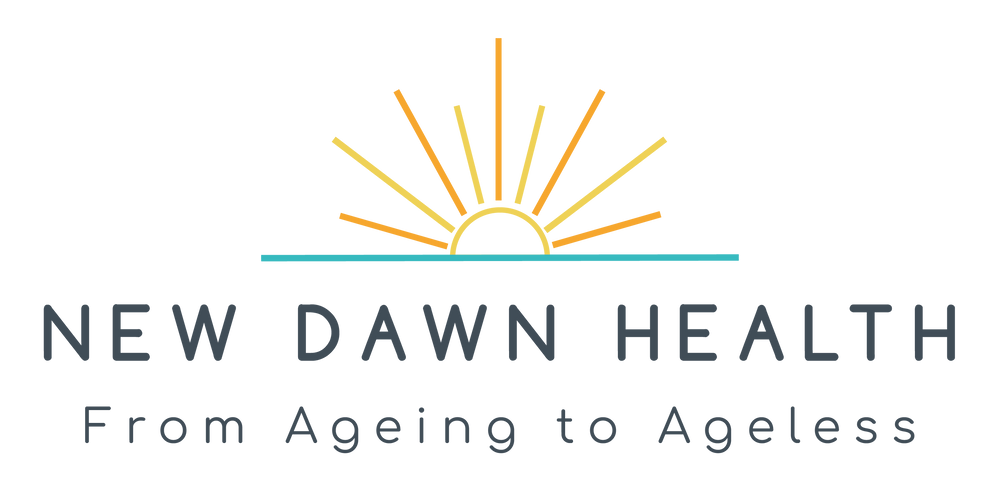
Antibiotics originated as one life form producing something against another life form. For example, penicillin is a substance produced by fungi which stops the growth of bacteria. Modern antibiotics are synthetically made and have been in widespread use to fight bacterial infections. They have saved many lives and speeded the recovery from infection for most of us, but remember, they cause collateral damage to the beneficial microbes and diversity of your microbiome.
When we take antibiotics, our resident beneficial microbes are also killed. The more we take, the more are killed. In time and given opportunity, our microbes do repopulate our gut, but they don’t necessarily grow back the same, or as plentifully, as they were before.
Taking too many antibiotics can leave us more susceptible to antibiotic resistant bacterial strains, like clostridium difficile, gonorrhoea and MRSA. Resistant bacteria can cleverly pass on their antibiotic resistance, thus out-competing other species.
Prescription antibiotics aside, massive quantities of antibiotics are fed to animals each year to combat infections and speed up growth. Overusing antibiotics in animals can also lead to antibiotic resistant bacterial strains becoming a problem. These resistant bacteria can then pass into our food chain if we don’t handle and cook meat properly.
Another route of contamination is from eating food crops that have been sprayed with animal manure fertilizer, which is infected with antibiotic resistant bacteria. Resistant bacteria in supermarket foods can be surprisingly common. You’ve probably heard of food recalls due to infection with Salmonella, Campylobacterand E.coli.
The message is simple. Avoid antibiotics as much as you safely and responsibly can. Only take them if your doctor insists they are essential.
If you do have to take a course of antibiotics it is advisable to try to restore your beneficial microbes as best you can, with probiotic foods and probiotic supplements. The probiotics will try to out-compete the harmful species by colonising the layer of protective mucus covering the gut lining.
Generally speaking, you want to take your probiotics away from taking the antibiotics and keep taking them after you finish taking the antibiotics. For example, if you take the antibiotics morning and evening, then take the probiotics at midday. We will look at probiotic options in Part 8; where to source them, which brands to choose, how many to take and for how long.
I hope you are enjoying this blog series so far. If you are interested in having a chat about your microbiome, your diet and lifestyle, and your gut health, make an appointment with me for a free, no-obligation, 20-minute chat. No hard sell, just a chance for you to ask any questions.
Look out for Part 5 tomorrow, all about the fascinating connections between gut health and brain health. The complex and intricate connections between our gut and our brain were largely unknown until recent times, but new research is emerging all the time now, and our knowledge is increasing every year. Find out more tomorrow! See you then.
